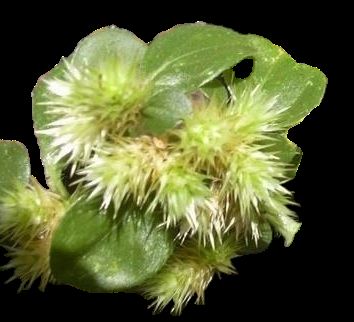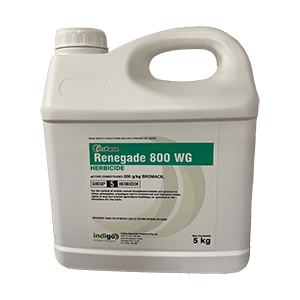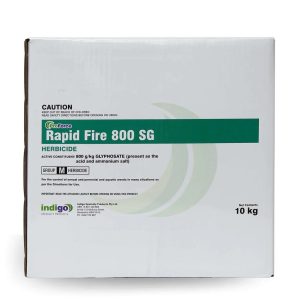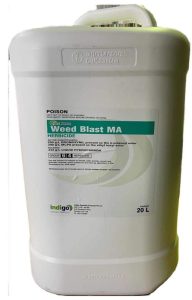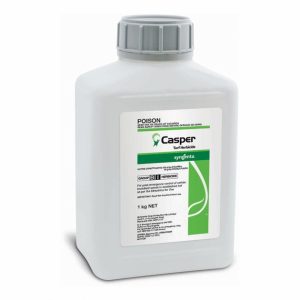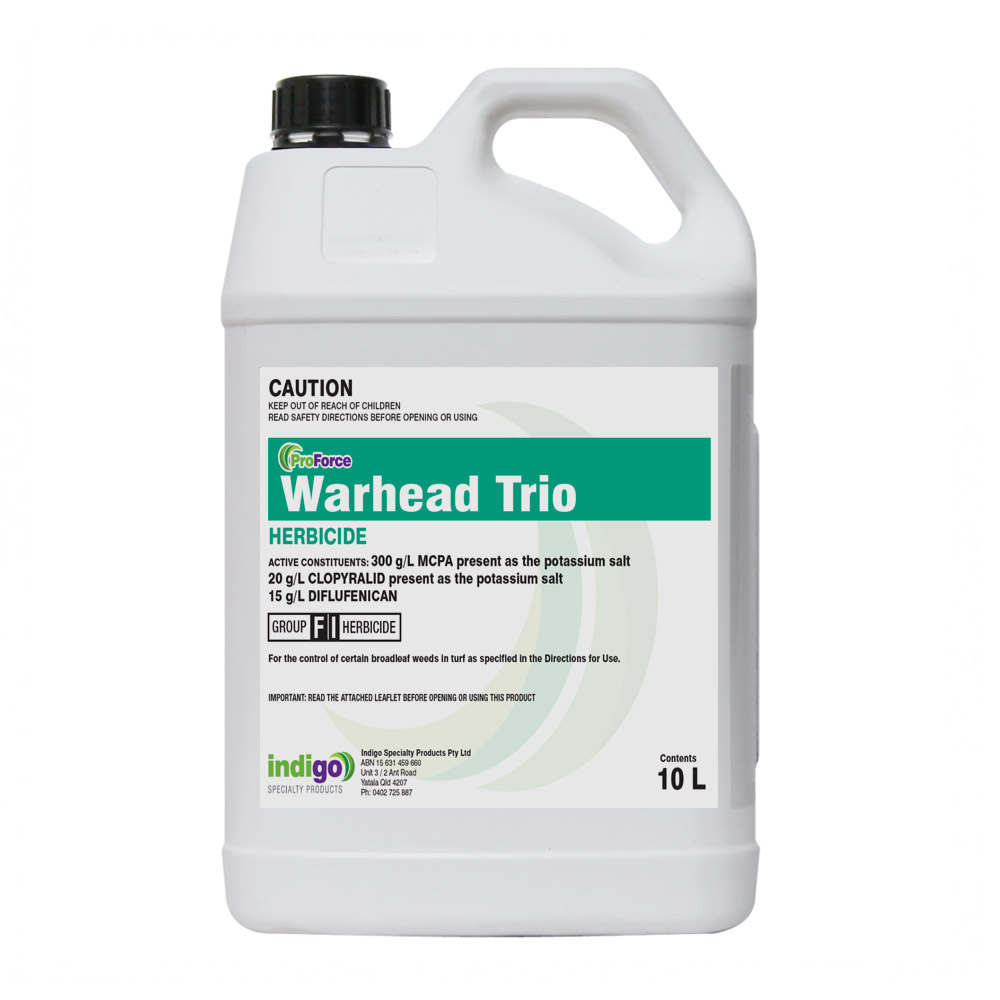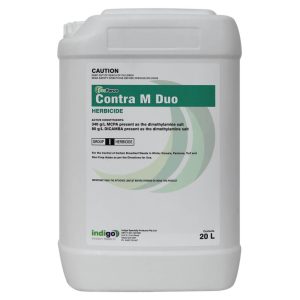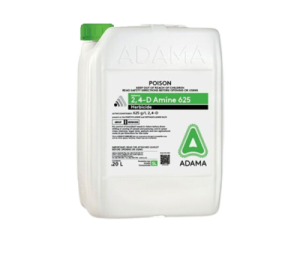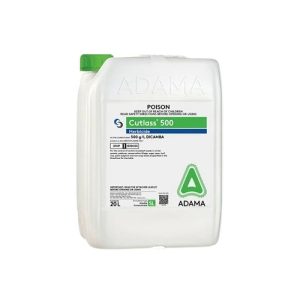Khaki Weed (Alternanthera pungens).
After you read this, you will be able to:
- Identify Khaki weed in your lawn or turf area.
- Know what conditions favour its establishment and growth.
- Know how to control this weed.
Why is Khaki Weed a Problem Weed?
- Alternanthera pungens forms a thick ground cover.
- Its is a prodigous seed producer.
- It is difficult to control and able to survive drought because of a deep taproot.
- Khaki Weed has spiny burrs that injure people and animals.
- It causes hay fever, asthma and dermatitis.
- It contaminate crops and devalues wool.
The distribution map of Khaki Weed in Australia is courtesy of The Atlas of Living Australia.
How to Identify Khaki Weed (Alternanthera pungens).
The easiest way to recognise Khaki Weed:
- A matt forming weed.
- It has reddish prostrate stems have fine teeth with soft, silky hairs. The stems are up to 60 cm long. and develop roots where the stem nodes touch the soil.
- Khaki Weed has dark green leaves that are in opposite pairs of unequal size. These are 1 to 4 cm long, and 1 to 2 cm wide.
- The leaves are egg-shaped, hairless or sparsely hairy leaves.
- Khanki Weed has cream flowers in clusters, that are 6 to 10 mm long and have sharp points.
- It often has a black taproot.
How Does Khaki Weed Spread.
- Khaki Weed spreads by seeds that stick to tyres, clothing and animals.
- It produces large numbers of seed that remain viable for many years.
- Localised spreading occurs via stems that root at the stem nodes. These often form extensive mats.
- The Khaki Weed taproot and stems develop over the Spring and the Summer, and in the late Summer the above ground parts all die off. The following Spring it produces new growth from the tap root.
Khaki weed is a strong indicator of light, high moisture soils over the Spring and Summer, and is in our weed ID Chart.
How to Control Creeping Chaff weed.
Cultural Control of Khaki Weed.
- Practice good hygiene when you use machinery in infected areas.
- Hand removal works as long as you remove the crown and the taproot., Make sure that you remove all root material, because if you break the taproot of Khaki Weed new plants grow from any material left in the soil. Aim to dig down 100 mm or more beside the root.
- Regular mowing stops the localised spread of Khaki Weed. This is becuase it depletes the plants carbohydrate reserves.
- Mowing after post emergent herbicide applications ensures even better results than when you use herbicides by themselves.
Chemical Control of Khaki Weed.
Khaki Weed grows from roots and seeds, so you get the best results if you treat it before it seeds.
Pre- Emergent Control of Khaki Weed.
Applications are most effective during its initial germination when the soil temperatures are about 16 to 21°C.
- Indaziflam.
- Pendimethalin.
Post Emergent Control of Khaki Weed.
Applications to Khaki Weed should start in the Spring when plants are small and actively growing. Make follow up applications around 4 weeks later or when the plants begin to re-grow.
- It is best to apply selective post-emergents when Khaki Weed is growing strongly and not under stress. Ideally you should aim to treat seedlings, as these are most susceptible to chemical treatment.
- Due to its waxy leaves we recommend you use a non-ionic surfactant to maximize herbicide efficacy. We suggest Optispread 1000.
- The aim is to make repeat treatments until you eradicate the Khaki Weed. Products that combine two or more of the ingredients listed below are more likely to provide control.
- Sequential applications of Metsulfuron, around 4 weeks apart, provides the most consistent season-long Khaki Weed control.
- Casper. Do not use Casper on Buffalo grass.
- Weed Blast MA.
- Duke 100WG.
- ProForce Contra M. Do not use Contra M Buffalo grass.
- Warhead Trio.
- Dicamba. Do not use Dicamba on Buffalo grass.
- or 2,4-D Amine.
- In the USA Trifloxysulfuron (Recondo 100WG) is registered for Khaki Weed control. However, it still takes multiple applications and you don’t see the full results for at least 8 weeks after the first treatment.
Table of Post Emergent Khakiweed Herbicides.
Product | Active | Chemical Group | Rate/Ha | Comments |
2,4-D | 2,4-D | 4 | 1.8-3.2 | Wet foliage. DO NOT mow lawn for 1 week before and at least 1 weed after use. DO NOT use on Buffalo grass (WA only). |
Casper | Prosulfuron + Dicamba | 2 + 4 | 800g-1Kg | Apply from Autumn to Spring. Use high rates in cool months or if high weed pressure. Control takes 4 to 6 weeks. Use an NIS at a rate of 0.25 to 0.5% v/v. |
Contra M. | Dicamba + MCPA | 4 | 6.5 L | Apply in 250-400L water. DO NOT use on Buffalo grass. After use do not mow for 2 days before or after use or fertilize within two weeks. |
Dicamba | Dicamba | 4 | 1.2L + 3.2L of 2,4-D Amine 625g/L | Use a minimum of 1000L/Ha water. Do not spray on Buffalo or Bent Grass. |
Duke | Iodosulfuron | 2 | 100g | Always use an NIS or Overtake Oil. Use in 200-500 L/ha water. |
Weed Blast MA | Bromoxynil + MCPA | 6 + 4 | 3-6L | Apply in a minimum of 500L/Ha water. DO NOT mow for 2 days after use. |
Warhead | MCPA + Clopyralid + Diflufenican | 4 + 12 | 5 L | You may see discolouration on kikuyu, carpet grass and Queensland blue. Avoid overlapping. Use an NIS. |
Non Selective Control of Khaki Weed.
You cannot use any of these on lawns or turf areas to selectively remove Khaki Weed.
- Glufosinate-ammonium provides control for 4 to 6 weeks, but it regrows and recovers due to the limited movement of glufosinate.
- Glyphosate. You can use Glyphosate but if water quality is an issue then use ProForce Manta Ray.
These are non-selective but also have a long term residual and stop any re-growth of Bindii.
- Renegade. Renegade stops germination for up to 12 months.
- Numchuk Quad. This gives post and pre emergent Alternanthera pungens control for up to 12 months.
- Cortex Duo. Cortex Duo gives a rapid knockdown of Khaki Weed, and residual control for up to 3 months. It is also safe to use around trees.

